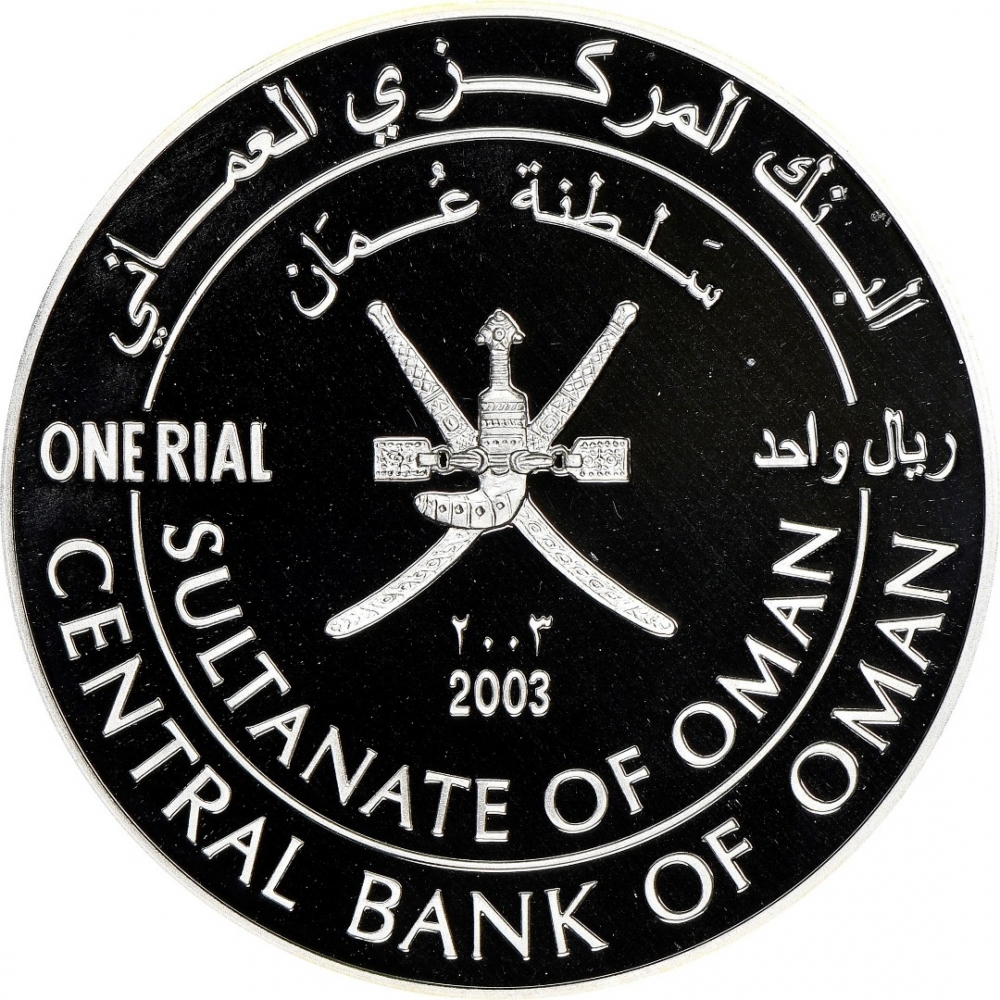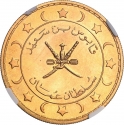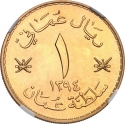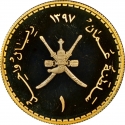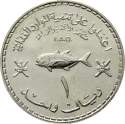You are about to finish your registration. Please check your mailbox (including spam folder). There should be a letter with a confirmation link. Check setting to make sure that your e-mail address is correct.
Send letter againDescription
In a bid to validate the historicity of Sindbad the Sailor's legendary expeditions, the crew of the Sohar, a replica of a ninth-century Arab dhow, embarked on a journey from Oman to China. Led by British author-explorer Timothy Severin and comprising 25 members, they traversed 9,600 kilometers (6,000 miles) using medieval navigation tools. While facing modern-day perils like giant tankers and pirates, they mirrored Sindbad's challenges, albeit sans mythical creatures. Over eight months, they recreated Sindbad's route, blending factual maritime history with folklore. The project, born from Severin's passion for historical reenactments, unearthed Oman's rich maritime heritage and challenged misconceptions about Arab seafaring prowess. The voyage, spanning ancient trading routes and braving natural and man-made hazards, underscores the enduring legacy of Arab navigation and the blurred lines between fact and fiction in maritime lore.
Qaboos bin Said Al Said (1940–2020) was the Sultan of Oman from 23 July 1970 until his death. A fifteenth-generation descendant of the founder of the House of Al Said, he was the longest-serving leader in the Middle East and Arab world at the time of his death.
Obverse

|
Depicts the National Emblem of Oman dividing denomination in Arabic and English, surrounded by the country name with issue date below inside a circle, with the legend "Central Bank of Oman" outside both in Arabic above and English below. البنك المركزي العماني |
|---|---|
Reverse

|
Depicts a sailing ship with arms over torn sail below map of the voyage from Oman across the Arabian Sea to India, across the Indian Ocean, and finally to southern China within circle, inscription with date in Georgian in Arabic and English below. رحلة السندباد١٩٨٠/ ١٩٨١م |
| Edge |
1 Rial
The Sindibad Voyage
KM# 155
The Sindibad Voyage
